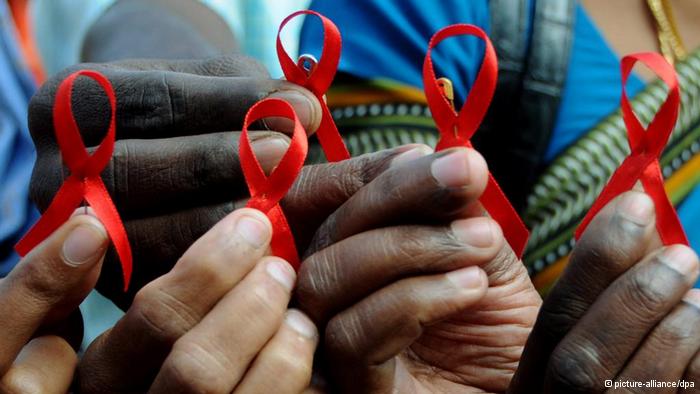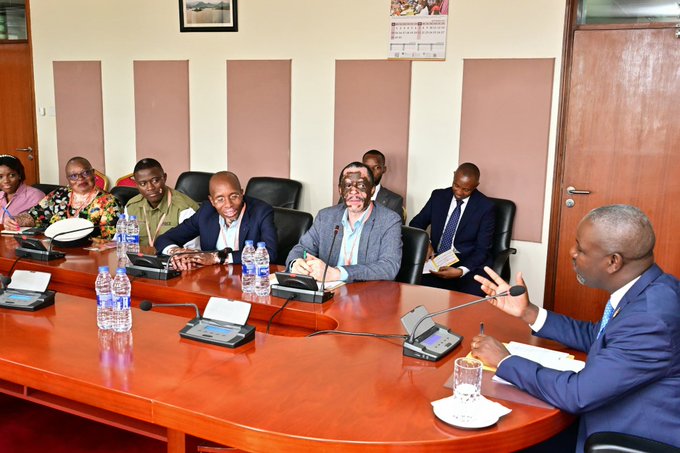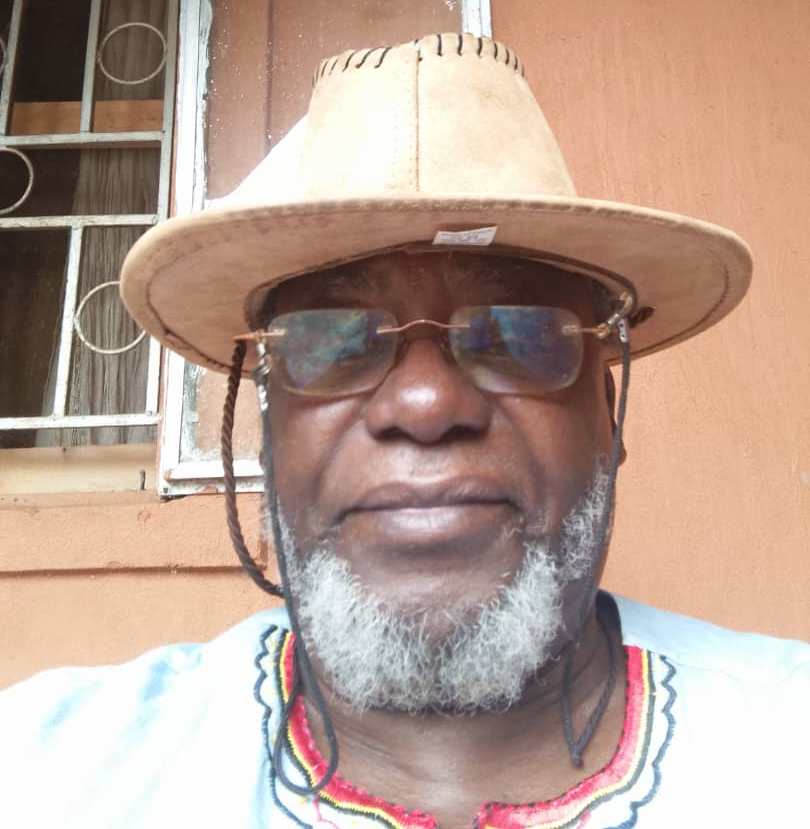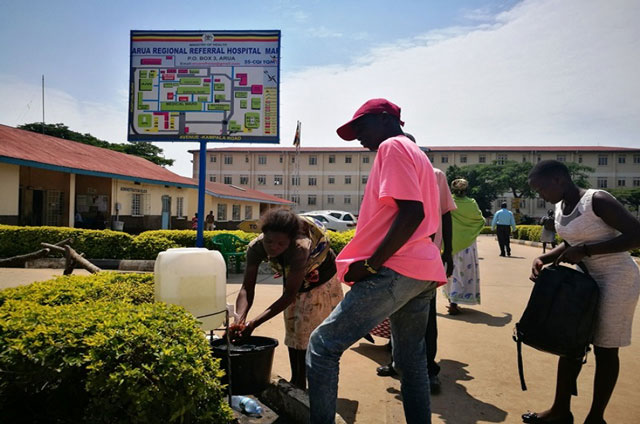UNAIDS report says inequalities undermining AIDS response
UNAIDS is leading the global effort to end AIDS as a public health threat by 2030 as part of the sustainable development goals.

Dangerous inequalities are undermining the AIDS response and jeopardizing the health security of everyone, according to a new report issued by the Joint United Nations Programme on HIV/AIDS (UNAIDS) and launched in Tanzania’s capital Dar es Salaam ahead of World AIDS Day due on Dec. 1.
Entitled “Dangerous Inequalities”, the report unpacks the impacts that gender inequalities, inequalities faced by key populations, as well as inequalities between children and adults have had on the AIDS response.
According to the report, every two minutes, an adolescent girl or young woman (15-24 years) acquired HIV in 2021, yet in 19 high-burden countries in Africa, dedicated combination prevention programs for adolescent girls and young women are operating in only 40 percent of high-incidence locations.
The report shows how world leaders can tackle those inequalities and calls for the need to strengthen international cooperation and solidarity.
“The world is not on track to end the AIDS pandemic as new infections are rising and AIDS deaths are continuing in too many communities,” UNAIDS Executive Director Winnie Byanyima said on Tuesday.
“Inequalities are blocking the end of the AIDS pandemic,” Byanyima said. “Through bold action to confront these inequalities, we can end AIDS.”
Byanyima commended Tanzania’s leadership and political will in fighting AIDS, saying the east African nation has been able to reduce new AIDS infections by 47 percent and AIDS deaths by 50 percent in the last 10 years.
“Tanzania is a leader in fighting AIDS, and this is one of the reasons that the UNAIDS report is being launched in the country,” she said.
UNAIDS is leading the global effort to end AIDS as a public health threat by 2030 as part of the sustainable development goals.







